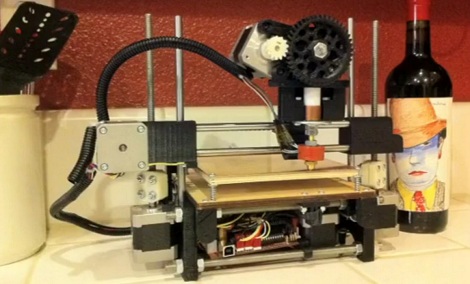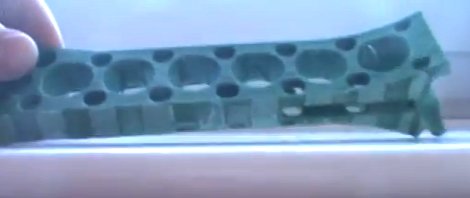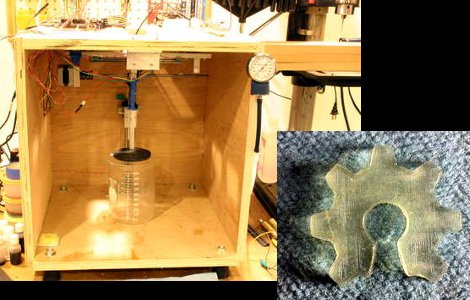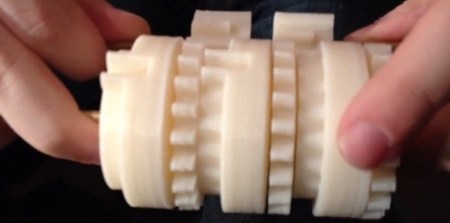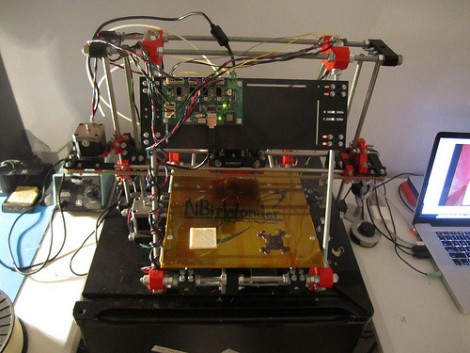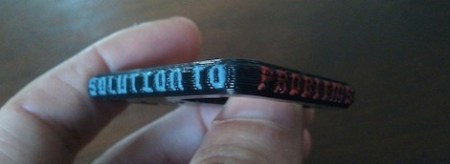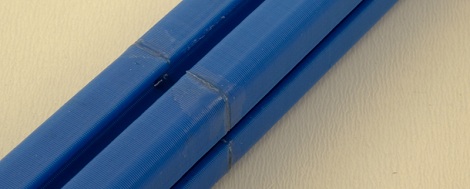
Anybody who has a 3D printer always has a ton of useless plastic lying around. Some of that plastic may be from useless baubles, but most of it is in bad prints, short bits of filament, and general scraps. [Luke] found an interesting way to put those ABS scraps to use, and ended up turning trash into valuable plastic parts.
Commonly sold as nail polish remover, acetone will turn anything made out of ABS into a puddle of plastic. [Luke] makes glue using the same process – he fills a small container half full of acetone and half with small bits of ABS. After a day or so, he has a nice thin glue that dries into solid ABS. [Luke] used this to create a 400mm long piece of extruded t-slot. We don’t know if it would be suitable to build a child RepRap from, but it would sure be an interesting experiment.
[Luke] also did a little bit of casting with his ABS glue. With a thicker solution of ABS and Acetone, he managed to make this ‘thing’. The entire process is explained over at Thingiverse, We can’t wait to see what can be done with this stuff.

